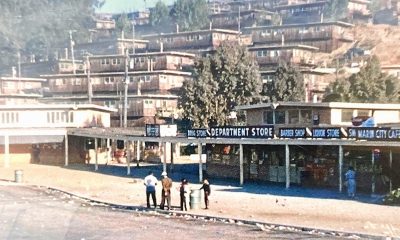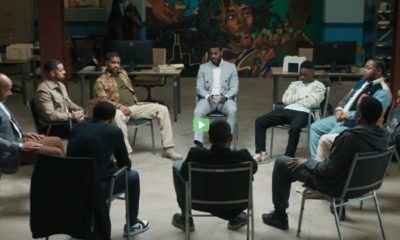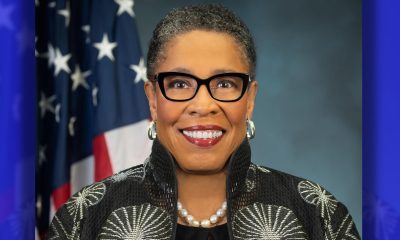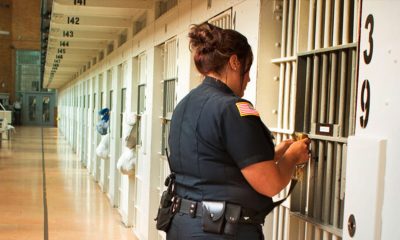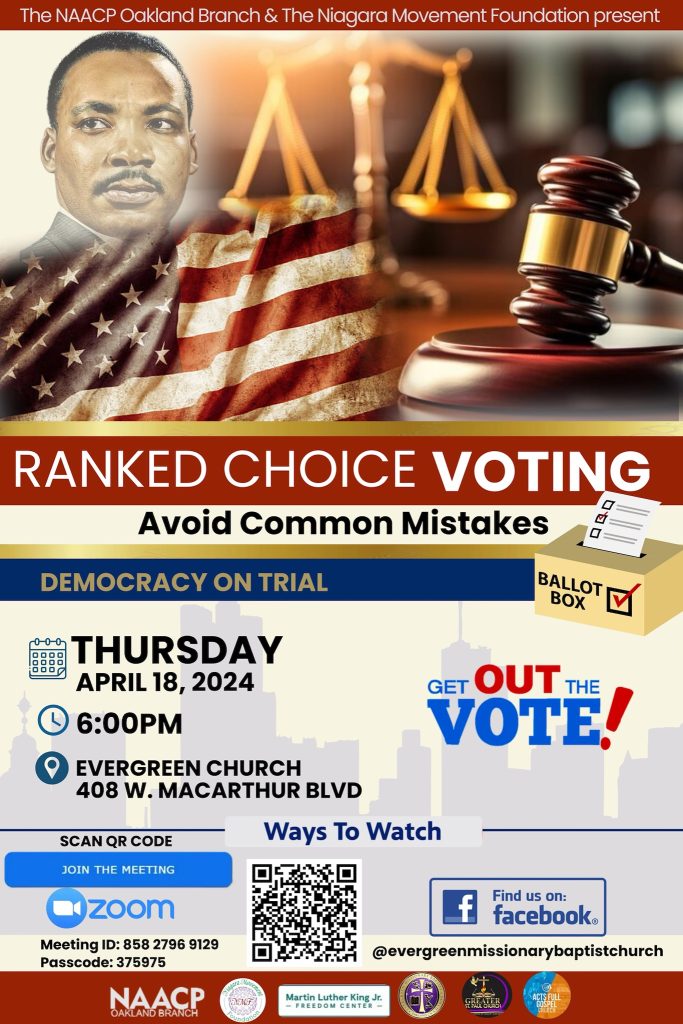Activism
Marin to Host Gun Buy-Back Event June 4
According to the Centers for Disease Control, there was an historic increase in gun deaths in 2020, the first year of the COVID-19 pandemic. Gun-related homicides have risen by 35% since 2019, the CDC reported on May 10. More than 45,000 Americans died from guns in 2020 and more than half of those were suicides.
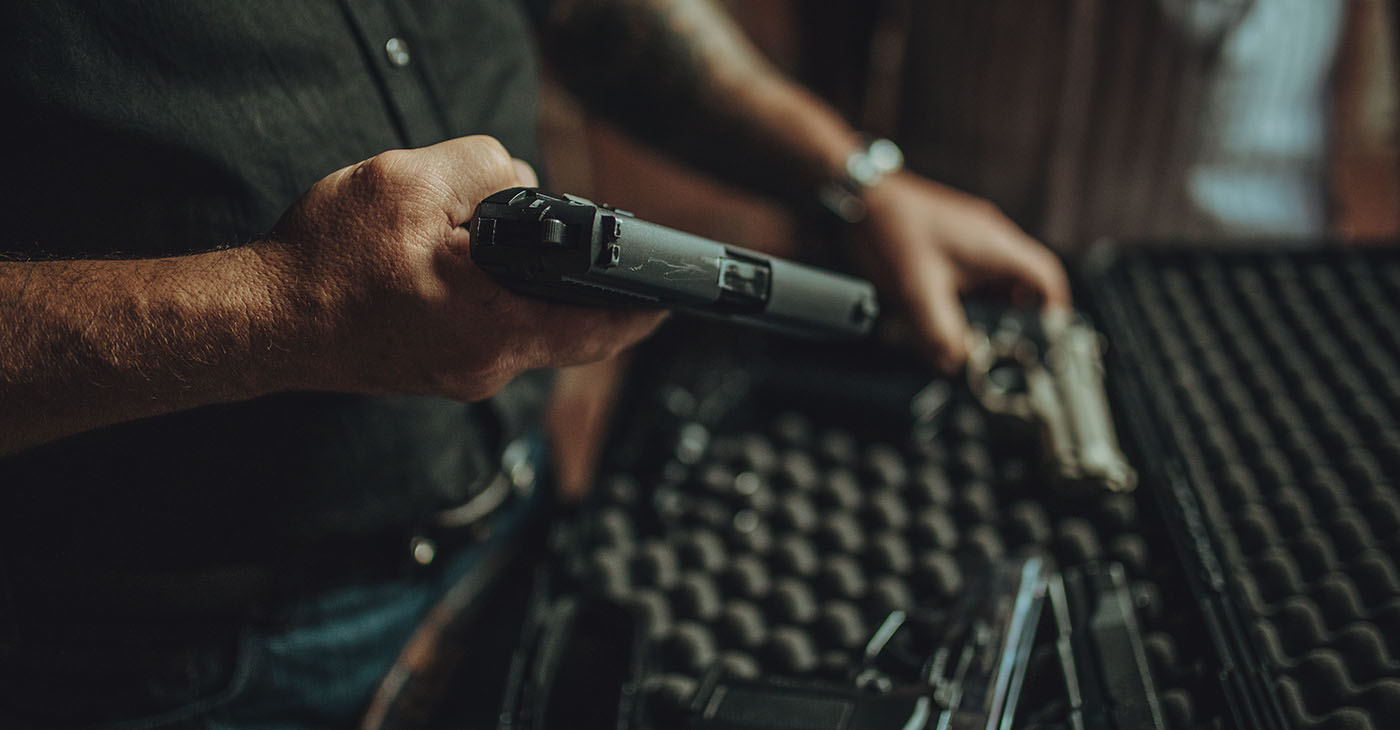
DA’s Office, law enforcement, other stakeholders have eye on public safety
Courtesy of Marin County
Marin County’s effort to enhance safety in the community includes the goal of collecting and disposing of unwanted and unneeded firearms. On June 4, the Marin County District Attorney’s Office, the City of San Rafael, and local law enforcement agencies are conducting a gun buy-back event at the sheriff’s headquarters in San Rafael.
The collaborating agencies are working to help reduce gun violence, the risk of accidental discharges, domestic violence, suicide, and gun theft by encouraging people to voluntarily turn in or sell guns they no longer want in their homes. All guns collected will be destroyed.
According to the Centers for Disease Control, there was an historic increase in gun deaths in 2020, the first year of the COVID-19 pandemic. Gun-related homicides have risen by 35% since 2019, the CDC reported on May 10. More than 45,000 Americans died from guns in 2020 and more than half of those were suicides.
District Attorney Lori E. Frugoli noted that firearms are not only used impulsively for self-harm but can be used against gun owners in their own homes. About 25% of guns used in crimes are stolen, which is one of the reasons why free gun locks will be available at the San Rafael buy-back event. Also, the presence of firearms in a household can only increase the danger of domestic violence, especially against women. A woman is five times more likely to be killed at the hands of her batterer if there is a firearm in the household.
According to the California Department of Justice, 2,500 firearms were sold in Marin between 2019 and 2020. Between Jan. 1 and Nov. 30, 2021, 719 firearms were sold in Marin.
“Law enforcement statistics show that Marin is a safe place to live, and we want to keep it that way,” Frugoli said. “The gun buy-back program is an opportunity for those who wish to dispose of their firearms to ensure the weapons are out of our community. It is also a time to have a conversation with family and friends about gun safety and reflect upon whether they want guns in their homes and, if so, how to store them safely.”
The event will take place in the parking lot of the sheriff’s office at 1600 Los Gamos Drive in northern San Rafael, just off the Lucas Valley Road / Smith Ranch Road exit on Highway 101. The buy-back station will be behind the main building, or on its east side, closest to 101. Signage will be in placed along Los Gamos Drive on the day of the event.
From 9 a.m. until 1 p.m., organizers will offer $100 for functional handguns, rifles, and shotguns, and $200 for semi-automatic weapons. No questions will be asked and showing identification will not be necessary. The drive-up event is limited to three operable firearms per person. All weapons must be brought to the buy-back event in vehicle trunks. Boxed ammunition will be accepted as well.
Sean Stephens, Marin County Veterans Services Officer, said families of military veterans often don’t know what to do with firearms when a veteran dies.
“Often, gun buy-backs are painted as an effort to take guns away from people, when in reality they are a means to protect the guns from getting into the wrong hands,” he said. “This is especially important information when it comes to gun owners passing away. Gun buy-backs provide a safe, effective way to dispose of unwanted weapons.”
There are an estimated 100,000 firearms stored in Marin, raising concerns about the safety of law-abiding gun owners and their families. Not enough of the weapons and ammunition are locked up, leaving them vulnerable to the hands of young kids, people in emotional distress, or those intent on violence against others. All guns should be locked up with only an adult having access to the key or electronic access code, and ammunition should be locked up separately.
Call (415) 485-3070 with questions about the buy-back event or about obtaining gun locks.
Activism
WOMEN IMPACTING THE CHURCH AND COMMUNITY
Juanita Matthews, better known as “Sister Teacher,” is a walking Bible scholar. She moved to California from the great state of Arkansas in 1971. Sister Teacher has a passion for teaching. She has been a member of Bible Fellowship Missionary Baptist Church since 1971.
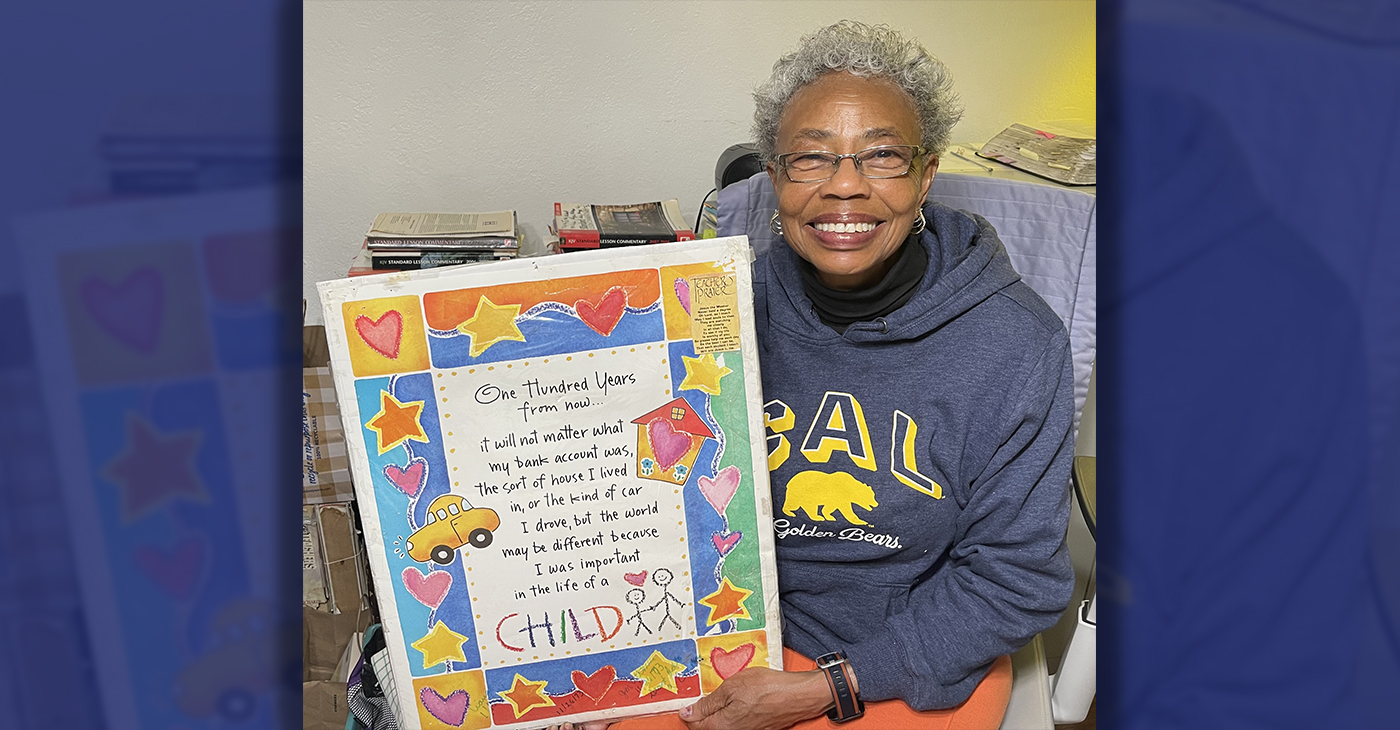
Sister Juanita Matthews
55 Years with Oakland Public School District
The Teacher, Mother, Community Outreach Champion, And Child of God
Juanita Matthews, better known as “Sister Teacher,” is a walking Bible scholar. She moved to California from the great state of Arkansas in 1971. Sister Teacher has a passion for teaching. She has been a member of Bible Fellowship Missionary Baptist Church since 1971. She followed her passion for teaching, and in 1977 became the lead teacher for Adult Class #6. Her motto still today is “Once My Student, Always My Student”.
Beyond her remarkable love for the Lord, Sister Teacher has showcased her love for teaching by working for the Oakland Unified School District for 55 years, all but four of those years spent at Emerson Elementary and Child Development School. She truly cares about her students, making sure they have the tools/supplies needed to learn either at OUSD or Bible Fellowship Missionary Baptist Church.
She’s also had a “Clothes Closet Ministry” for 51 years, making sure her students have sufficient clothing for school. The Clothes Closet Ministry extends past her students, she has been clothing the community for over 50 years as well. She loves the Lord and is a servant on a mission. She is a loving mother to two beautiful children, Sandra and Andre. This is the impact this woman of God has on her church and the community.
Activism
Oakland’s ‘Green the Church,’ Others, Host a Climate Revival
On April 20, Oakland’s Green The Church California (GTC) and the Center For Food, Faith and Justice will celebrate Earth Day and present a Climate Revival event titled “Growing Healthy Communities From Soil To The Soul” at McGee Avenue Baptist Church at 1640 Stuart St, Berkeley, CA. The day will include inspiring talks, interactive workshops, networking opportunities, and a special panel on Food Sovereignty and Global Food Resilience.
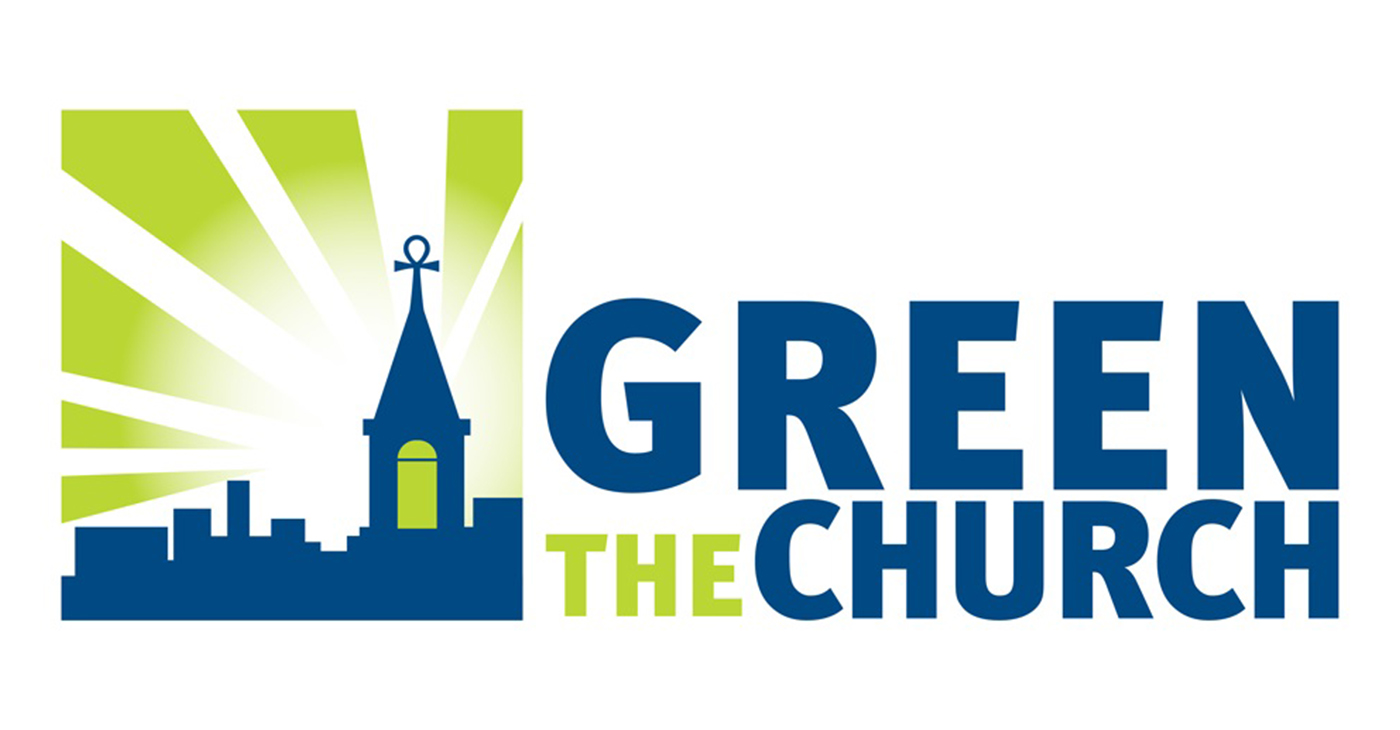
Growing Healthy Communities from Soil to the Soul in Berkeley
By Y’Anad Burrell
On April 20, Oakland’s Green The Church California (GTC) and the Center For Food, Faith and Justice will celebrate Earth Day and present a Climate Revival event titled “Growing Healthy Communities From Soil To The Soul” at McGee Avenue Baptist Church at 1640 Stuart St, Berkeley, CA,
The day will include inspiring talks, interactive workshops, networking opportunities, and a special panel on Food Sovereignty and Global Food Resilience.
The keynote speaker is Rev. Danté R. Quick, PhD, senior pastor of First Baptist Church of Lincoln Gardens in Somerset, N.J. Quick is well known in the Bay Area, having served for more than 10 years as pastor of Friendship Missionary Baptist Church in Vallejo, CA.
Green The Church, founded in 2010 by Rev. Dr. Ambrose Carroll, Sr., and headquartered in Oakland, helps galvanize Black churches and their local communities and leaders to address issues critical to populations historically disengaged from conversations around pollution and health, climate change, and sustainability and energy efficiency.
The organization collaborates with major environmental, sustainability, food security, faith, and community-based non-profit organizations, and is committed to “creation justice”—care and justice for God’s people and the planet—and building the Beloved Community.
Environmental justice has long been a pressing concern for communities of color who bear the brunt of pollution and ecological degradation. Climate change exacerbates these issues, disproportionately impacting vulnerable communities. Recognizing this urgency, Black churches across the country are taking action.
With deep roots in the African American community and its commitment to social justice, the Black Church has become an essential advocate for sustainable practices and policies.
Over the past 14 years, in a powerful collaboration with significant environmental, sustainability, food security, faith, and community-based non-profit organizations, GTC has created a cadre of Black churches engaging in the environmental justice, climate, and sustainability movement.
GTC presently works with more than 1,000 pastors and congregations across the U.S., and groups in the Bahamas, Ghana, Nigeria, and the UK, showing that we can make a difference together.
The partnership between environmental justice advocates and the Black Church extends beyond individual congregations. Green The Church provides resources and support for faith communities seeking to address climate change and promote environmental justice.
Through collaboration, initiatives such as energy efficiency programs, solar installations, and environmental education have been implemented in Black churches nationwide. These efforts reduce the carbon footprint and save money on energy bills, benefiting the congregations and their communities.
The involvement of the Black Church in the fight against climate change is not just a participation, it’s a powerful message that galvanizes action across communities.
By integrating environmental justice into their ministry, Black churches are demonstrating that addressing climate change is not only a matter of science but also of social and moral responsibility, inspiring change at a grassroots level.
For more information, go to: www.greenthechurch.org.
Activism
Oakland Post: Week of April 10 – 16, 2024
The printed Weekly Edition of the Oakland Post: Week of April 10 – 16, 2024
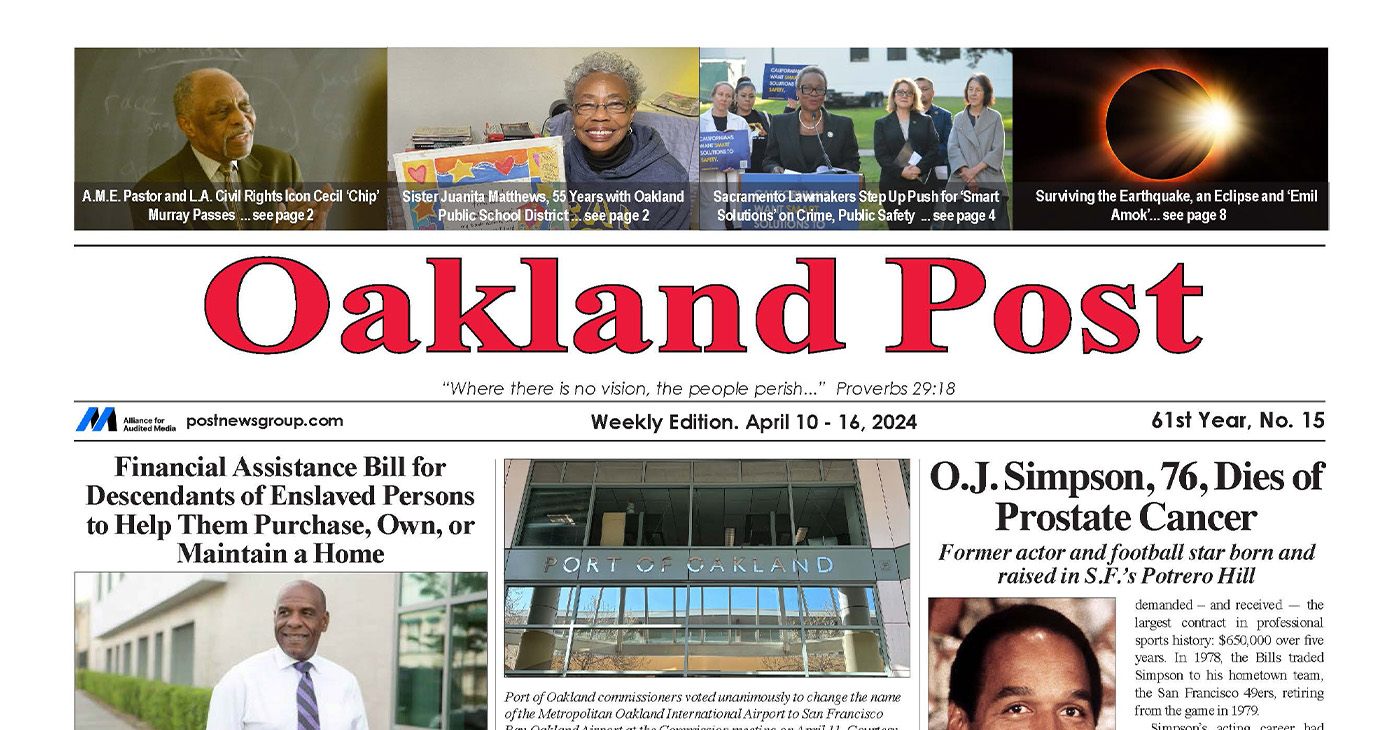
To enlarge your view of this issue, use the slider, magnifying glass icon or full page icon in the lower right corner of the browser window. ![]()
-

 Activism4 weeks ago
Activism4 weeks agoOakland Post: Week of March 20 – 26, 2024
-

 #NNPA BlackPress3 weeks ago
#NNPA BlackPress3 weeks agoCOMMENTARY: D.C. Crime Bill Fails to Address Root Causes of Violence and Incarceration
-

 #NNPA BlackPress3 weeks ago
#NNPA BlackPress3 weeks agoMayor, City Council President React to May 31 Closing of Birmingham-Southern College
-

 #NNPA BlackPress3 weeks ago
#NNPA BlackPress3 weeks agoFrom Raids to Revelations: The Dark Turn in Sean ‘Diddy’ Combs’ Saga
-

 #NNPA BlackPress3 weeks ago
#NNPA BlackPress3 weeks agoCOMMENTARY: Lady Day and The Lights!
-

 #NNPA BlackPress3 weeks ago
#NNPA BlackPress3 weeks agoBaltimore Key Bridge Catastrophe: A City’s Heartbreak and a Nation’s Alarm
-

 #NNPA BlackPress3 weeks ago
#NNPA BlackPress3 weeks agoBaltimore’s Key Bridge Struck by Ship, Collapses into Water
-

 Activism3 weeks ago
Activism3 weeks agoOakland Post: Week of March 27 – April 2, 2024

